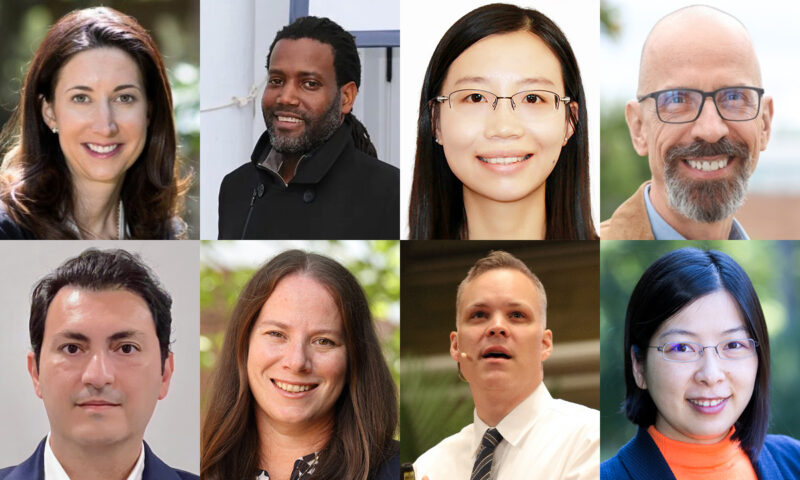Working in an extreme time crunch can often result in completing subpar work. But are there ways around that problem?
In an article for Harvard Business Review, Commerce Professor Sarah Lebovitz discusses her research exploring a strategy that pushes creative teams to work faster—and without sacrificing quality.
In “Embrace a Little Chaos When Innovating Under Pressure,” Lebovitz and her research colleague Hila Lifshitz-Assaf, an Associate Professor of Information, Operations, and Management Sciences at NYU Stern, explain how teams should bypass time-consuming processes upfront and instead use what they acknowledge to be a counterintuitive mindset of “minimal and adaptive coordination.”
In Lebovitz and Lifshitz-Assaf’s study, “Minimal and Adaptive Coordination: How Hackathons’ Projects Accelerate Innovation without Killing It” (co-written with Lior Zalmanson of Tel Aviv University), it’s suggested that teams that start with minimal discussion upfront and gradually synchronize have more success developing products.
Citing their research tracking 13 groups engaged in health tech-related projects across two hackathons, the authors note how six of the teams were able to successfully speed product development to create assistive technologies from scratch in just 72 hours.
With all of the ad hoc teams containing members with comparable expertise and equal access to resources, Lebovitz and her coauthors determined that teams that failed succumbed to the same two common pitfalls: 1) trying to compress established or more traditional processes into a tight timeframe and 2) attempting to fully coordinate and agree on their designs before getting to work.
The results determined two strategies that helped teams succeed in finishing projects when working with extremely tight deadlines. The first method is to abandon traditional processes and adopt a new mindset, one that successful teams employed, having “embraced ambiguity” and “rapid, iterative experimentation.” The second strategy minimizes upfront coordination and trades planning time and guidelines for flexibility, despite drawbacks such as miscommunication and redundant effort.
Read the full article at Harvard Business Review.



